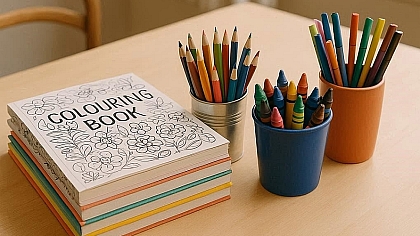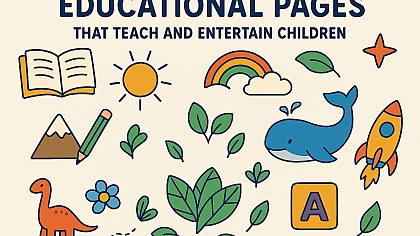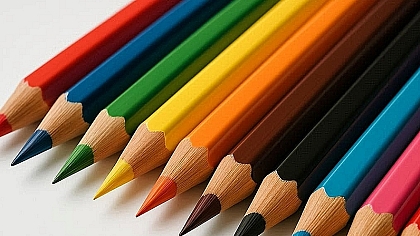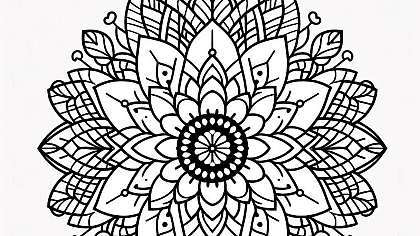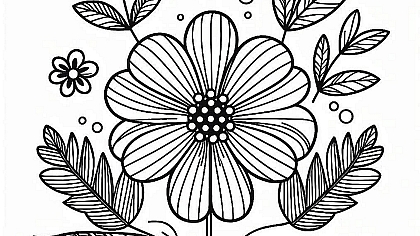
The History of Colouring Books: From Past to Present
Colouring books have a rich and fascinating history that spans centuries, evolving alongside art, education, and culture. From their early beginnings as simple hand-colored illustrations to the mass-produced books that captured children’s imaginations, colouring books have continually adapted to meet changing tastes and needs. Today, they are not only beloved by children but also embraced by adults as tools for creativity and relaxation. Exploring the history of colouring books reveals how this humble pastime has grown into a diverse and dynamic form of artistic expression enjoyed by generations worldwide.
Early Beginnings of Colouring as an Activity
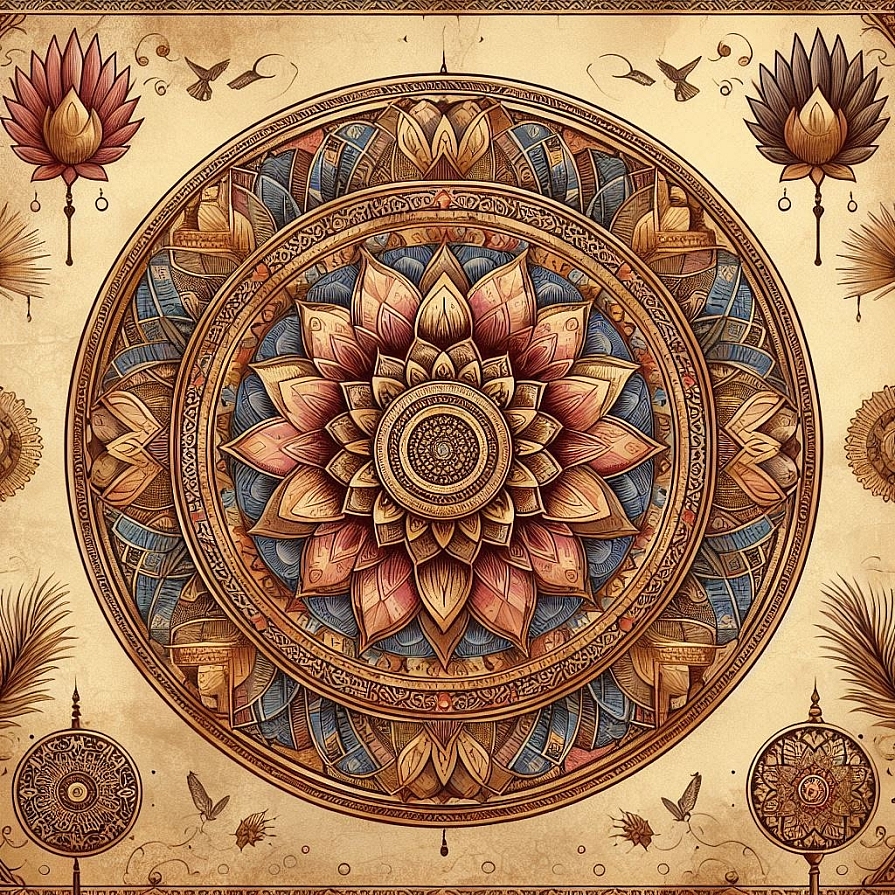
Colouring as a creative activity has existed for centuries, long before the invention of the modern colouring book. Early civilisations used natural pigments to add colour to various forms of artwork. Ancient Egyptians painted on papyrus, creating detailed illustrations that were sometimes left uncoloured for others to fill in. The Romans used coloured wax tablets for artistic purposes, while in the medieval period, illuminated manuscripts featured intricate designs that were carefully painted by hand. These early practices reflected an appreciation for both artistic expression and structured colouring within outlined images.
During the Renaissance, artists explored techniques for adding colour to sketches and engravings, often hand-painting their works to bring depth and vibrancy. Printed illustrations from this period sometimes included blank spaces where colours could be added later. While these early examples were not designed as colouring books in the modern sense, they laid the foundation for the idea of interactive artwork where individuals could engage with pre-drawn designs by adding their own colours.
The Emergence of Colouring Books in the 19th Century
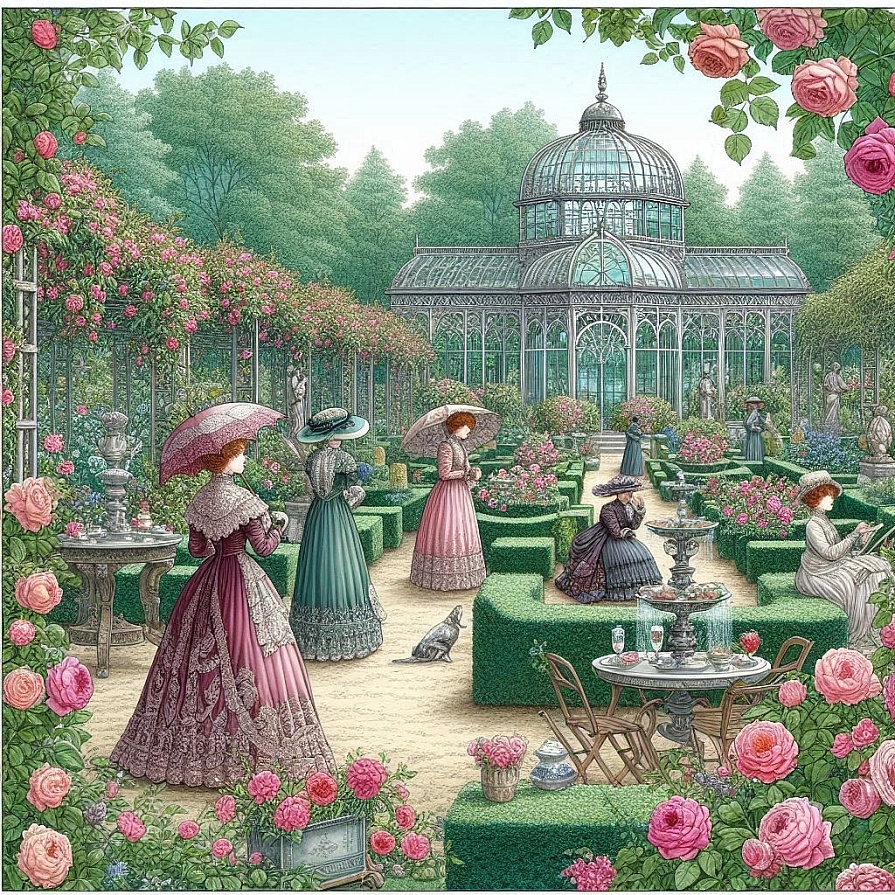
The development of printing technology in the 19th century played a crucial role in the rise of colouring books. Before this time, printed illustrations were mostly reserved for high-quality publications or decorative purposes. As printing methods became more advanced and affordable, illustrated books became accessible to a wider audience. Publishers began to experiment with creating books that featured black-and-white images specifically designed to be coloured in.
One of the earliest examples of a book intended for colouring was published in the late 19th century. These early colouring books were often educational, designed to help children learn about various subjects while engaging in a creative activity. They featured simple illustrations that encouraged young learners to develop fine motor skills while exploring different colours. Some publishers recognised the potential of these books as a tool for entertainment and education, leading to the gradual expansion of the market.
By the end of the 19th century, the popularity of colouring books had grown significantly, with various publishers producing titles that covered a wide range of topics. Some books featured animals, landscapes, and everyday scenes, while others focused on more complex illustrations that challenged older children and even adults. The idea of filling in pre-drawn images with colour had become an established pastime, setting the stage for the widespread appeal of colouring books in the decades to come.
The Growth of Colouring Books in the 20th Century
The 20th century saw a significant expansion in the popularity of colouring books. Advances in printing technology allowed publishers to produce books in larger quantities, making them more affordable and widely available. During this period, colouring books became a staple of childhood entertainment, offering an accessible and enjoyable activity for children of all ages.
The early part of the century saw an increasing variety of themes in colouring books. Publishers experimented with different artistic styles, creating books that ranged from simple line drawings for young children to more detailed illustrations that required greater precision. The introduction of crayons and other colouring tools further encouraged the widespread use of these books, making them a common feature in households around the world.
As the century progressed, the appeal of colouring books extended beyond children. Some publishers recognised that adults also enjoyed the relaxing and creative aspects of colouring. Although adult colouring books were not as common during this period, a few were produced, offering intricate designs and detailed illustrations. These books were particularly popular among artists and hobbyists who appreciated the opportunity to engage with artistic expression in a structured yet personal way.
The Creativity of Colouring Books in Recent Decades
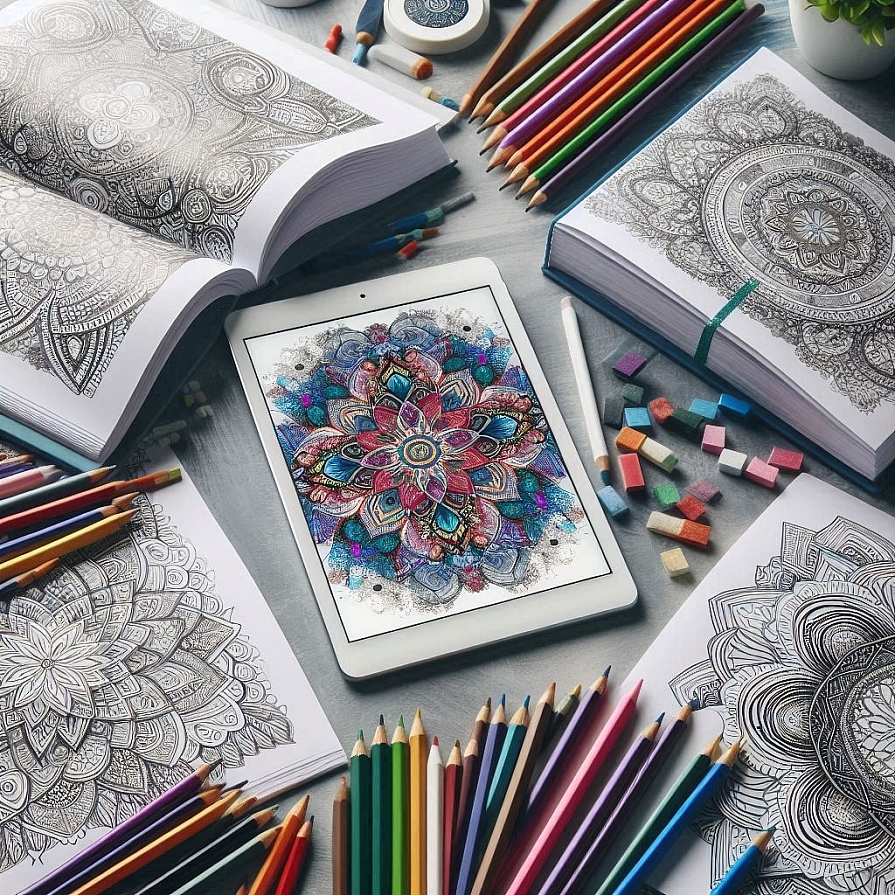
In the late 20th and early 21st centuries, the concept of colouring books continued to evolve. Digital technology introduced new possibilities for interactive colouring, with online platforms offering virtual colouring pages that could be customised with different colours and tools. However, despite the rise of digital entertainment, traditional colouring books remained popular due to their tactile and hands-on nature.
A notable development in recent years has been the resurgence of colouring books for adults. While children’s colouring books continued to be widely produced, a new wave of adult colouring books emerged, featuring highly detailed designs that appealed to those looking for a creative and engaging pastime. These books often included themes such as intricate patterns, floral arrangements, and landscapes, offering a level of artistic complexity that encouraged focused attention and personal expression.
Publishers also explored different formats, introducing speciality colouring books with unique designs and high-quality paper that allowed for a wider range of colouring techniques. Some books featured perforated pages, enabling individuals to remove and display their completed artwork. Others incorporated elements of storytelling, combining text with illustrations that could be coloured in to create a personalised visual narrative.
The Lasting Appeal of Colouring Books
Colouring books have remained a beloved form of creative expression across generations. Their ability to provide entertainment, artistic exploration, and a sense of accomplishment has contributed to their enduring popularity. While digital media continues to offer new ways to engage with colouring, traditional books retain a special place in the world of creativity and artistic enjoyment.
The variety of themes available in modern colouring books ensures that there is something for everyone, from simple and playful designs for children to intricate and detailed illustrations for adults. Whether used as a relaxing pastime, a way to experiment with colour, or a tool for artistic inspiration, colouring books continue to be a cherished activity that connects people with the joy of creativity.

